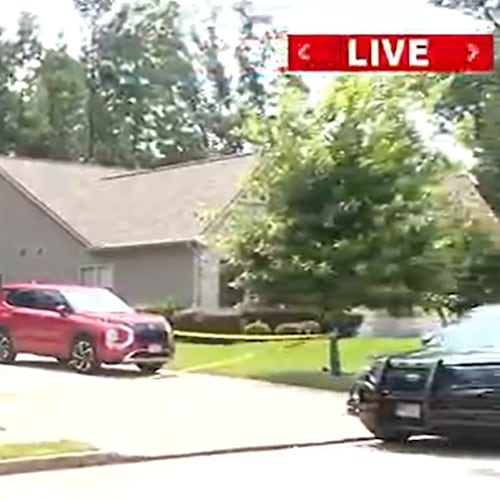Years of running in the red could soon come to an end in East Point.
The cash-strapped south Fulton County city expects that when the final numbers are in for the fiscal year just ended, it will not only have erased its decade-long deficit but finished with at least $5 million left over.
But what it took to get there — including closing two fire stations and raising utility rates and property taxes — has some residents more angry than relieved.
About two years ago, when few other cities were worried about an economic downturn forcing drastic cuts in service, East Point was adopting a financial recovery plan. It called for tighter purchasing policies and saving at every turn.
The goal was, by 2011, to no longer need to borrow money every January to pay for city business until property tax revenue came in at the end of the year.
“It took all of us — workers, citizens, business people, everyone — to do a bit more,” Mayor Joe Macon said this week. “Some of the changes were very painful, but they had to be done. We could not continue to operate the way we had.”
The city of about 41,000 recently completed a backlog of audits that say pretty much the same thing. Without clear policy or a complete report on city finances since 2002, no one knew just how much money the city had.
For instance, the City Council agreed to fund various road projects not knowing that it had already spent the money because records showed it was in various accounts, City Manager Crandall O. Jones said.
The messy bookkeeping added up: As of June 30, 2008, the city was $6.25 million in the hole. At its worst, the city had accumulated nearly $11 million in debt — on a $30 million general fund — but it had managed to chip away at that first with new policies and procedures.
Over residents’ protests, on July 1, 2008, the city closed two of its five fire stations and eliminated more than 80 jobs. The city still employs nearly 400 people.
Jones, who had come on board as interim manager in August 2007, also urged putting some city workers on furloughs and raising rates for city water and electricity. Those utility services, which should have generated profits, had been subsidized by the general fund for years, costing millions.
The City Council agreed to take those steps in Jones’ financial recovery plan, even as residents’ complaints grew louder.
“We began the year by knocking almost $3.5 million off that deficit and spent the year watching our pennies so that we could eliminate it completely,” Jones said.
The belt-tightening appears to have paid off. Through May, the city had spent $22 million on what it projects will be $30 million in revenue.
It won’t be clear until January, though, when an audit is done and property tax collections are in, whether the goal of a $5 million surplus will be reality.
The City Council will hold a workshop on the budget and most recent audit July 27. This year’s budget is expected to be adopted by Aug. 24.
The uncertainty and constant cutting have many residents still howling at how East Point handles its money. Property owners pay $14.75 per $1,000 of assessed value in city taxes. That’s an 18 percent increase from the tax rate in 2007.
But even as they pay more, residents argue the simultaneous reductions leave them shortchanged.
“Taxes and utilities are raised to their limits,” said Isabel Jeffares, a regular at council meetings. “But we don’t have money for code enforcement, so we have knee-high lawns and houses falling in on each other.”
With one in five residents living at or below the poverty rate, other residents argue that they cannot shoulder the burden to fix the city’s finances.
“I cut, cut, cut just trying to make it,” said Lenora Johnson, who added that she is struggling to keep her home. “You need to stop creating bills that we cannot pay. We just don’t have any more to give.”
About the Author
The Latest
Featured

